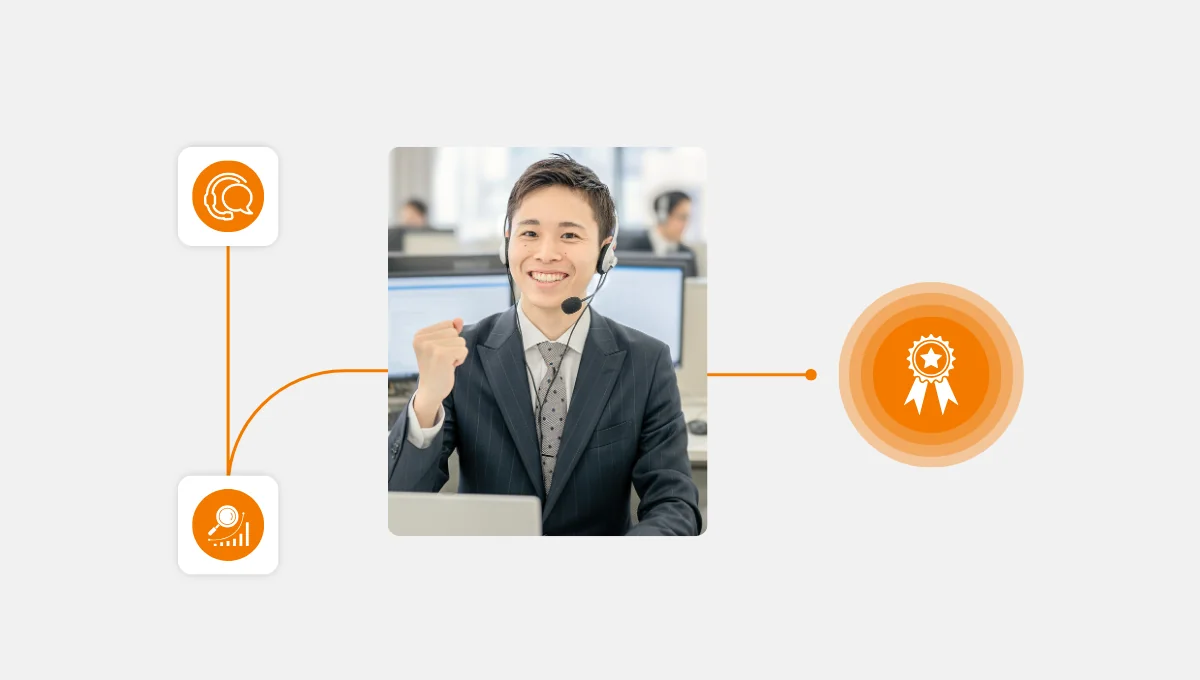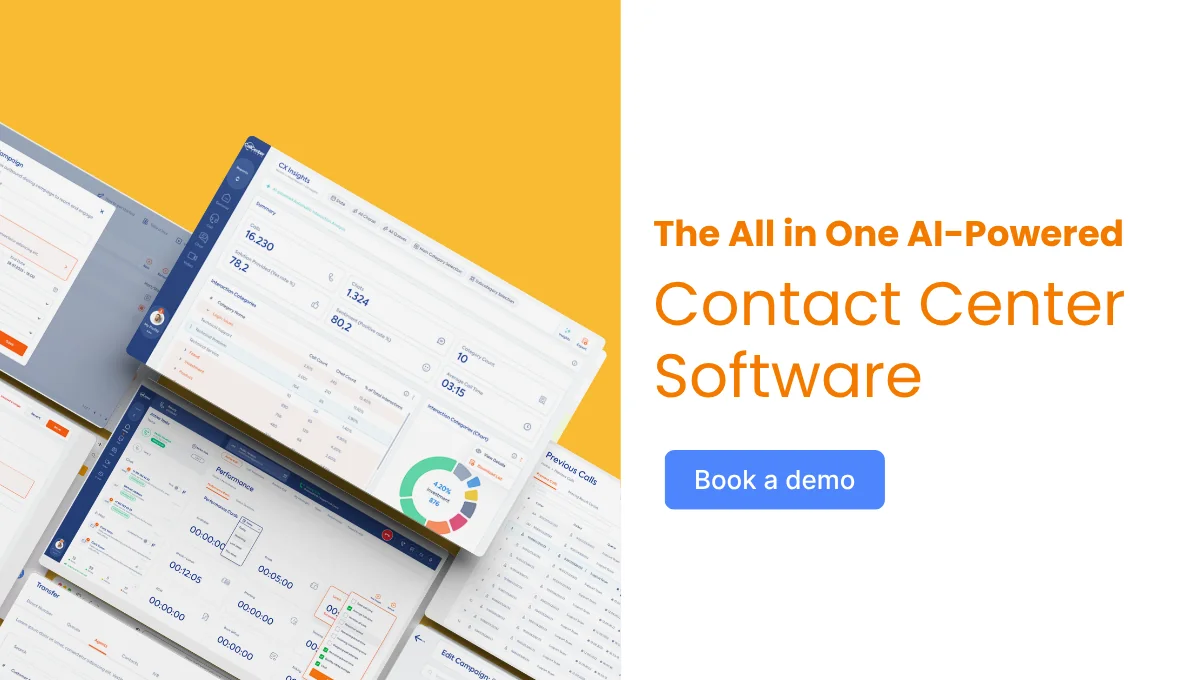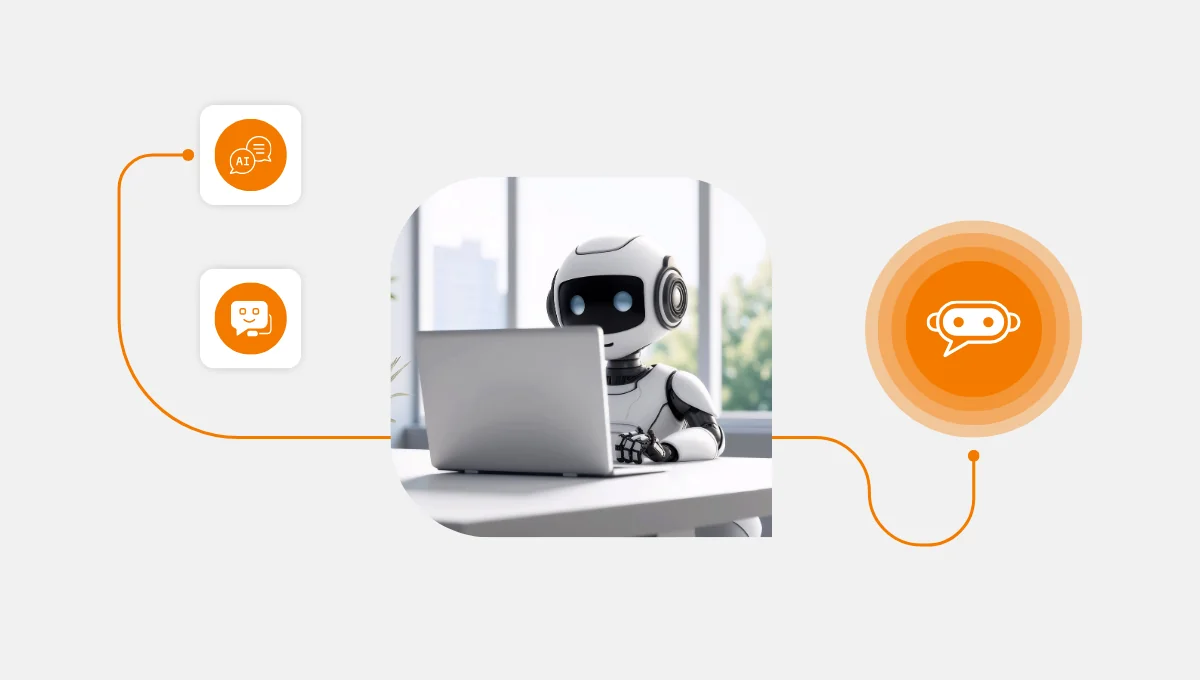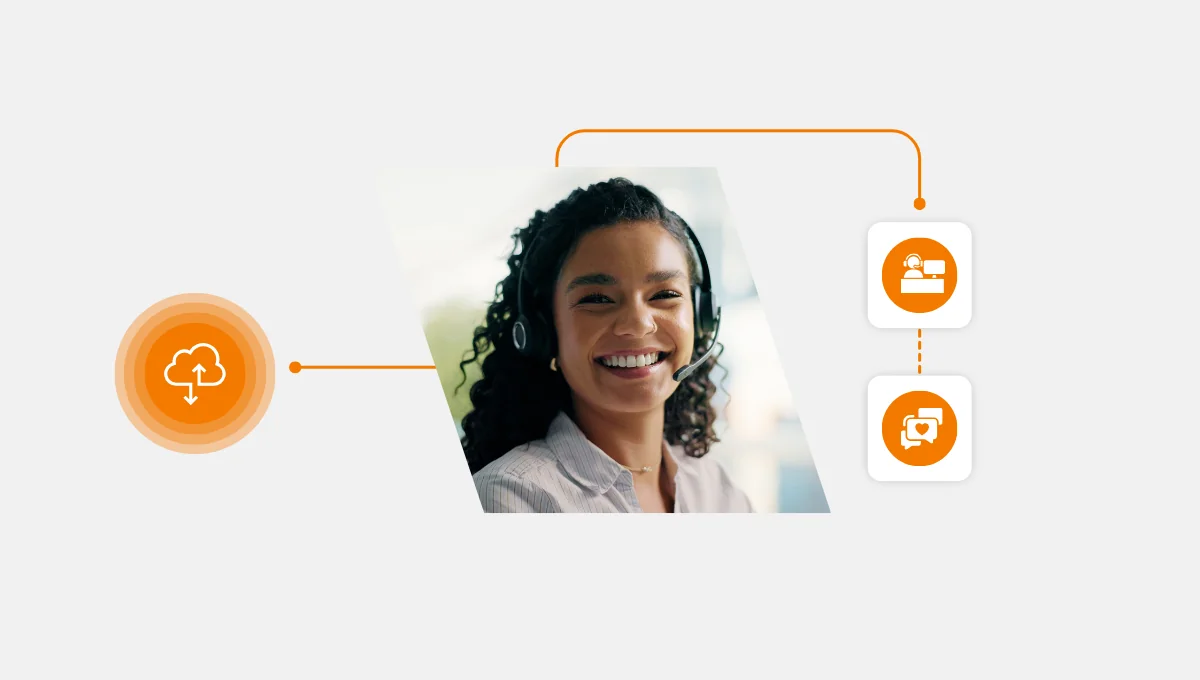If you’re leading CX, product, or support in 2025, you already know that great customer experience is your competitive edge.
The challenge is, without draining your team or budget, delivering seamless, personalized, omnichannel experiences at scale. That’s why top-tier customer experience (CX) software matters.
These platforms help you:
- Unify data,
- Engage users across channels,
- Gather feedback, and
- Continuously improve.
In this guide, we’ll walk you through the top features to look for in CX platforms, and why they matter for growth-minded companies.
What is Customer Experience Management (CEM)?
Customer Experience Management (CEM or CXM) is the practice of designing and optimizing every interaction a customer has with your brand.
There are mainly three phases your customer is going to go through:
- Pre-Purchase Phase
- Purchase, and
- Post Purchase.
Customer experience managers need software heavily for each phase to provide a quality experience to their customers. By using different kinds and levels of software CE manager:
- Track the full customer journey across touchpoints
- Collect and analyze real-time feedback
- Deliver consistent, context-aware service
- Drive retention and upsell through personalization
Now, let’s get into the must-have capabilities of today’s leading CX tools.
1. Omnichannel Support
You probably have heard a lot about the omnichannel approach. It is simply because the customer demands it.
Your customers move between email, chat, WhatsApp, and social media, and they expect you to keep up. That is why the best CX platforms:
- Unify interactions from all channels into a single dashboard
- Give agents full context on previous conversations
- Enable smooth handoffs across departments
Technically speaking, omnichannel support reduces resolution time, boosts CSAT, and keeps your team from working in silos.
Success Story: Africa World Airlines partnered with Call Center Studio to launch a cloud-based help desk, unifying inbound and outbound communications. AWA streamlined customer support across languages and time zones with:
- Smart IVR,
- Multilingual routing, and
- Web chat integration,
Agents now manage all channels from a single interface, supported by data-driven tagging and scalable infrastructure, laying the groundwork for future digital growth.
2. Consistent Cross-Channel Experience
Consistency builds trust. Whether a customer starts with a chatbot and escalates to a live agent or switches from email to phone, the tone, resolution path, and experience should feel seamless.
According to a McKinsey report, customers are more likely to recommend a brand that consistently delivers positive experiences across channels.
If you research a platform for providing consistent CX to your customers, you need to look for platforms that:
- Maintain brand voice and resolution logic across channels
- Offer a unified agent interface
- Let you build cross-channel workflows without dev support
3. Real-Time Customer Feedback Management
Want to know what’s working, and what’s broken? Ask your customers.
But asking isn’t enough. You need to collect feedback at every key interaction point, interpret it quickly, and act on it (all within your existing workflows).
That’s why modern CX platforms gather data and also help you close the loop in real time, across every channel.
What you can find on top-tier platforms:
- Customizable survey templates (CSAT, NPS, CES)
- Sentiment analysis for open-text responses
- Real-time alerts for negative feedback
- CRM integration for deeper insight
Why it matters: Feedback loops help you prioritize fixes, coach teams, and innovate based on actual customer needs.
4. Unified Customer View
No more digging through tabs or asking customers to repeat themselves. A unified customer profile gives agents everything they need in one place:
- Interaction history
- Purchase and usage data
- Preferences and past feedback
Why it matters: Agents resolve issues faster and personalize interactions better. That leads to happier customers and more upsell opportunities.
5. Seamless Channel Transitions
Channel switching is often a nightmare. Good CX software makes it invisible.
When you choose a platform, you need to look for the following features:
- Persistent context across sessions and platforms
- Agent tools for channel escalation without data loss
- Customer-facing continuity (no repeating info!)
Why it matters: Smooth transitions reduce friction, prevent churn, and create experiences customers remember for the right reasons.
6. Smart Resource Allocation
More channels shouldn’t mean more chaos. The best CX platforms use automation and analytics to help you do more with less:
- AI routing and prioritization
- Performance dashboards
- Forecasting tools for staffing and workload planning
Why it matters: You serve customers faster and smarter, without blowing up your headcount.
Wrapping Up: Choosing the Right CX Platform
Investing in customer experience software is about choosing a tool that aligns with your customer strategy, scales with your team, and drives real business results.
You need the platforms that:
- Integrate easily with your existing stack
- Prioritize real-time data and personalization
- Offer clear ROI through automation and analytics
No matter which platforms you investigate, prioritize tools that help you build long-term relationships, not just close tickets.
Ready to see how the right CX platform can transform your business?
During the demo, we will:
- Get to know you and your operations a little better.
- Discuss the challenges you’re looking to overcome.
- Plan the successes you’re looking to achieve.
- Tailor a walkthrough of the features that will help you the most.
- Define the next steps and plan out our journey together






